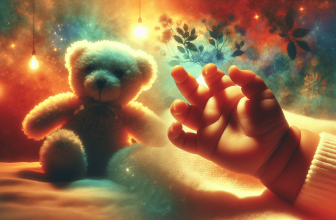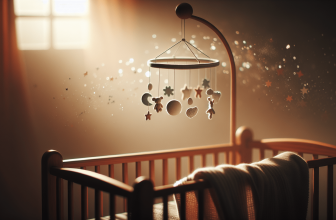Have you ever wondered what milestones your baby will reach in their first year? Look no further! In this helpful guide, we will walk you through the significant developmental stages that your little one will go through month by month. From their first smile to their first steps, we’ve got you covered. So, sit back, relax, and get ready to witness the incredible growth and achievements of your baby’s first year!
Physical Development
Growth and weight gain
During the first year of your baby’s life, you can expect to see significant growth and weight gain. Babies double their birth weight by around 4-6 months, and triple their birth weight by one year. It’s important to monitor your baby’s growth by regular check-ups with the pediatrician, who will track their growth on growth charts. Remember that every baby grows at their own pace, so don’t compare your baby’s growth to others’.
Motor skills development
Babies go through various stages of motor skills development during their first year. Typically, they start by mastering head control within the first few months, followed by rolling over, sitting without support, crawling, pulling themselves up, and eventually walking. These milestones may occur at different times for different babies, so it’s important to give your baby plenty of opportunities for practice and exploration to stimulate their motor skills development.
Sensory development
Sensory development is crucial during a baby’s first year. You’ll notice your little one becoming more aware of their surroundings and showing interest in toys, sounds, and different textures. As their senses develop, they will begin to reach out and explore objects using their hands and mouth. Providing a variety of stimulating toys and sensory experiences, such as colorful mobiles, rattles, and textured toys, can greatly support their sensory development.
Cognitive Development
Visual tracking
Babies are born with the ability to track moving objects with their eyes, but their visual tracking skills become more refined as they grow. By around 3 months, your baby should be able to track an object moving from one side to another and will also start showing interest in faces. You can encourage visual tracking by moving objects slowly and smoothly in front of your baby’s face and talking to them to capture their attention.
Object permanence
Object permanence is the understanding that an object still exists even when it’s out of sight. In the early months, babies lack this cognitive ability, but by around 8-12 months, they start developing a sense of object permanence. You might notice your baby searching for a hidden toy or reaching for an object they saw you place somewhere. Playing peek-a-boo or hiding toys under a blanket can be a fun way to encourage their understanding of object permanence.
Cause and effect
Around 6-8 months, you will notice your baby becoming more interested in cause and effect relationships. They might drop a toy repeatedly to see what happens or bang objects to create sound. This is an important milestone as it signifies their cognitive development. You can support their understanding of cause and effect by providing toys that respond to their actions, such as toys that light up or make sounds when pressed.
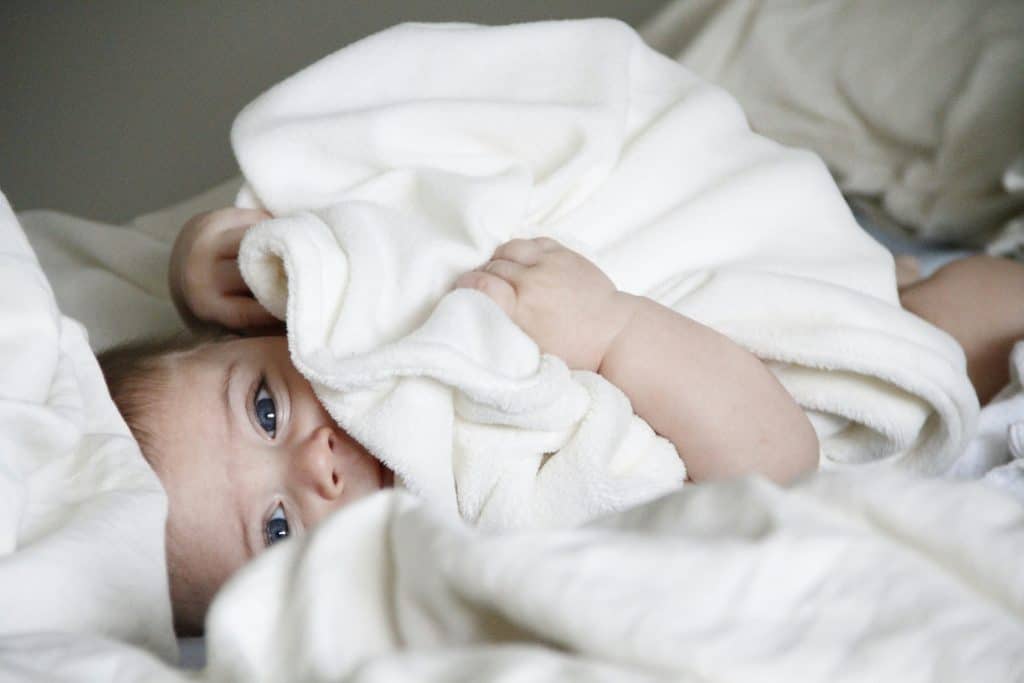
This image is property of images.unsplash.com.
Emotional Development
Bonding with caregivers
From the moment they are born, babies form strong emotional bonds with their primary caregivers. This bond, known as attachment, plays a vital role in their emotional development. To build a strong bond with your baby, engage in plenty of skin-to-skin contact, cuddle them, and respond to their needs promptly. Spending quality time together, like talking, singing, reading, and playing, also helps in strengthening the emotional connection between you and your baby.
Smiling and laughter
Around 6-8 weeks, you will likely witness your baby’s first smile. This is an exciting milestone as it indicates their growing emotional connection with you. As your baby grows, their smiles will become more frequent and responsive to familiar faces and stimuli. Around 3-4 months, you may also hear your baby’s contagious laughter, which is a true delight for parents. Encouraging smiles and laughter through silly faces, gentle tickling, and playful interactions is a great way to foster their emotional development.
Separation anxiety
Separation anxiety is a normal part of your baby’s emotional development and typically emerges between 6-8 months. Your baby may become clingy, cry when you leave, or show distress when approached by unfamiliar people. It’s important to reassure your baby and provide them with a sense of security during this stage. Gradually introducing short periods of separation, like leaving them with a trusted caregiver for brief periods, can help ease their separation anxiety over time.
Social Development
Eye contact and social engagement
Right from birth, babies are drawn to faces and make eye contact with their caregivers. Maintaining eye contact and engaging in social interaction is an important social development milestone. Your baby will become more responsive to your voice, expressions, and gestures as their social skills develop. Encourage social engagement by talking to your baby, making eye contact, and responding to their vocalizations and facial expressions.
Imitating adults
As your baby’s social skills continue to develop, they will begin imitating your actions and behaviors. This is a sign of their growing social awareness and desire to connect with others. You might notice your baby mimicking your facial expressions, gestures, or even trying to imitate sounds. Encourage this imitation by singing nursery rhymes, playing simple games like peek-a-boo, and demonstrating actions for your baby to imitate.
Showing interest in other babies
Around 6-9 months, babies start showing increased interest in other babies. They may observe and react to their presence, trying to interact and engage with them. This is a significant milestone in their social development as they begin to recognize and respond to peers. Arrange playdates or visits to social settings where your baby can interact with other babies of a similar age, allowing them to practice their social skills in a safe and supervised environment.
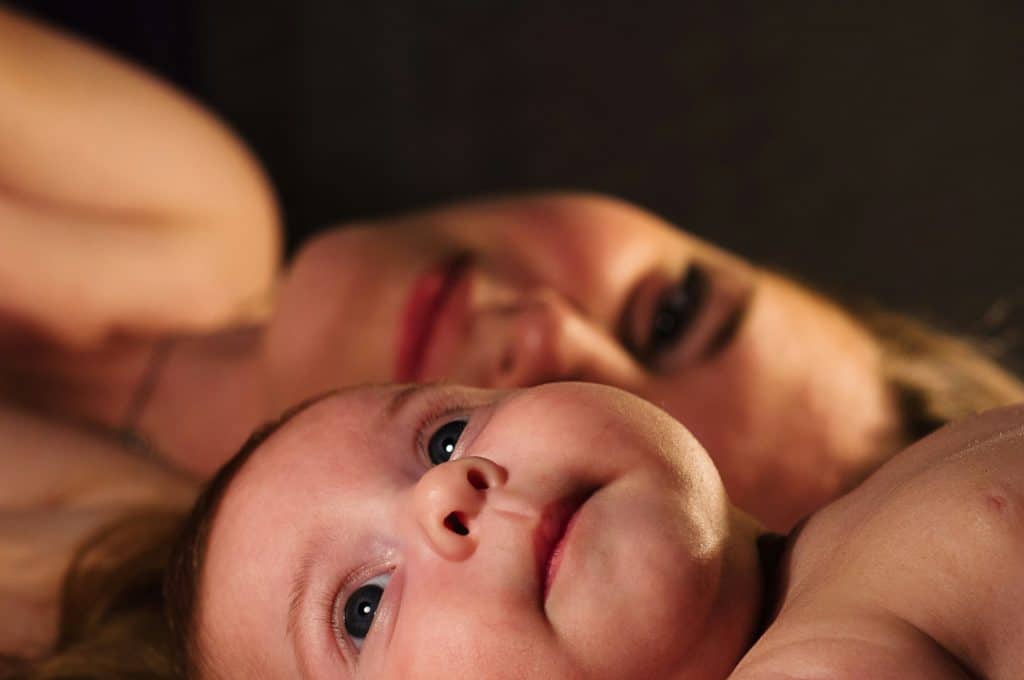
This image is property of images.unsplash.com.
Communication Development
Crying and basic needs
Crying is your baby’s way of communicating their needs. In the early months, your baby’s cry will be their primary means of communication. By paying attention to the different types of cries, you will start to recognize patterns that indicate hunger, tiredness, discomfort, or the need for a diaper change. Responding promptly to your baby’s cries helps build trust and a sense of security, which is essential for their emotional development.
Gurgling and cooing
Around 2-4 months, your baby will start making cooing and gurgling sounds. These vocalizations are an important part of their communication development. Your baby is learning to control their vocal cords and experimenting with different sounds. Encourage their efforts by responding with smiles, verbal interaction, and mimicking their sounds, which helps promote their language development.
Babbling and first words
Between 6-12 months, your baby will progress from cooing and gurgling to babbling. Babbling involves repeating syllables like “ba-ba” or “ma-ma.” It’s an exciting milestone as it indicates your baby’s increasing ability to imitate sounds and vocalize. As your baby’s babbling becomes more complex, you may even hear them attempting to say their first words, such as “mama” or “dada.” Responding enthusiastically and repeating the words back to them can encourage their language development.
Sleep Patterns
Newborn sleep patterns
Newborns sleep for most of the day, with their sleep being divided into short cycles of about 2-4 hours. It’s common for newborns to have irregular sleep patterns, waking up frequently for feedings and diaper changes. They may also have difficulty differentiating between day and night, making it important to establish a consistent sleep routine from an early age.
Establishing a sleep routine
As your baby grows, establishing a sleep routine becomes crucial for their well-being and your sanity. By around 4-6 months, you can start introducing a bedtime routine, such as a warm bath, gentle massage, and a soothing bedtime story or lullaby. Consistency is key, as following the same routine signals to your baby that it’s time to wind down and prepare for sleep.
Sleep regressions
Sleep regressions, periods of disrupted sleep, are common during a baby’s first year. They can occur around 4 months and again at 8-10 months due to developmental milestones, teething, or changes in routine. During sleep regressions, your baby’s sleep patterns may temporarily change, with more night waking or difficulty falling asleep. Patience and reassurance are essential during these periods, and sticking to a consistent bedtime routine can help your baby navigate these regressions more smoothly.
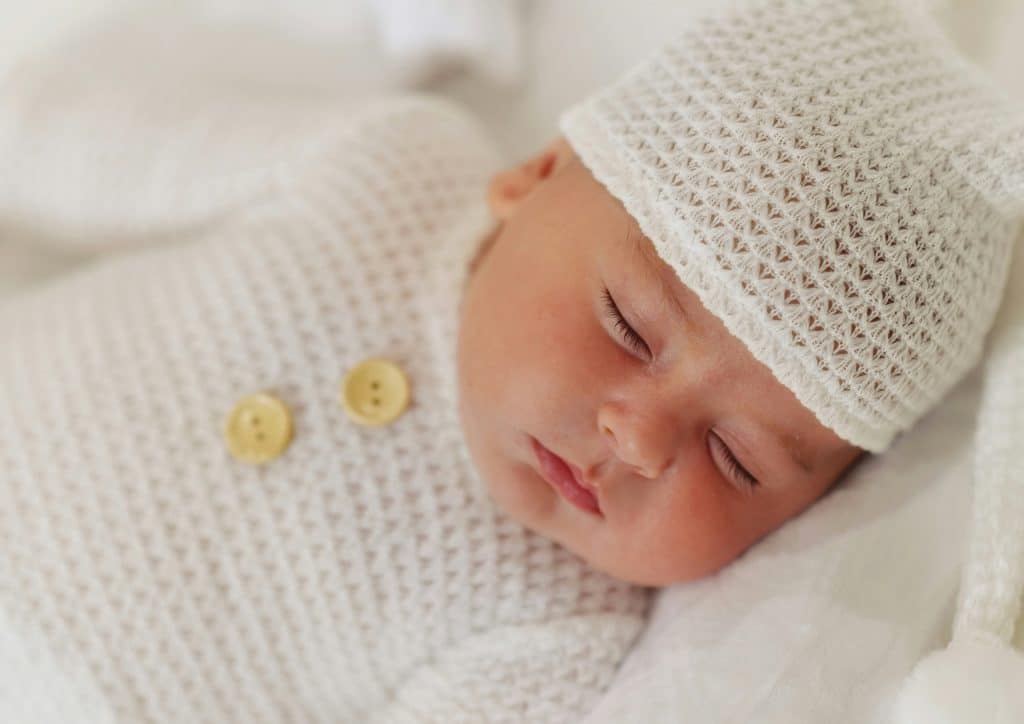
This image is property of images.unsplash.com.
Feeding Milestones
Breastfeeding or bottle-feeding
The first year of your baby’s life is a period of rapid growth and development, and nutrition plays a crucial role. Whether you choose to breastfeed or bottle-feed, ensuring your baby receives adequate nourishment is essential. Breast milk or formula provides all the necessary nutrients for your baby’s healthy growth and development. Follow your healthcare provider’s recommendations for feeding frequency and guidelines for introducing solids as your baby grows.
Introducing solid foods
Around 6 months, your baby will be ready to start exploring solid foods. This transition, known as weaning, should be done gradually and in consultation with your healthcare provider. Begin by introducing single-grain cereals, pureed fruits, and vegetables, gradually increasing the variety and texture of foods as your baby develops. Be attentive to any signs of food allergies or intolerances, and consult your pediatrician for guidance if needed.
Self-feeding
Around 8-10 months, your baby will begin developing the motor skills necessary for self-feeding. They may start grabbing and holding onto small finger foods, using their fingers or a spoon to feed themselves. Encourage self-feeding by offering age-appropriate finger foods, such as soft fruit pieces or cooked vegetables, and allowing your baby to explore their food independently. This helps develop their fine motor skills and promotes a healthy relationship with food.
Dental Development
Teething process
Teething is a natural process during which your baby’s teeth start to erupt through their gums. It usually begins around 6 months, but the timing can vary for each child. Teething can be accompanied by symptoms like excessive drooling, irritability, swollen gums, and a desire to bite or chew on objects. Provide your baby with teething rings, cool washcloths, or age-appropriate teethers to soothe their discomfort.
First tooth eruption
The eruption of the first tooth is an exciting milestone for both parents and baby. The two bottom front teeth, known as the lower central incisors, are often the first to appear, usually around 6-10 months. The timing of tooth eruption is highly individual, so don’t worry if your baby’s teeth appear earlier or later than expected. Keep their gums clean by gently wiping them with a clean damp cloth, even before the first tooth erupts.
Oral hygiene practices
Once your baby’s teeth start erupting, it’s important to establish good oral hygiene habits early on. Begin by gently brushing their teeth with a soft-bristled infant toothbrush and water or a rice grain-sized amount of fluoride toothpaste, as recommended by your dentist. Avoid giving your baby sugary drinks or putting them to sleep with a bottle, as it can lead to tooth decay. Regular dental check-ups are also important to maintain your baby’s oral health.
Immunizations and Health Check-ups
Vaccination schedule
Immunizations play a crucial role in protecting your baby from serious diseases. Follow the recommended vaccination schedule provided by your healthcare provider, which typically begins immediately after birth. Vaccines are administered at specific intervals, providing protection against diseases such as measles, mumps, rubella, polio, and hepatitis, among others. Staying up to date with your baby’s vaccinations is an important part of keeping them healthy.
Developmental and wellness check-ups
Regular check-ups with your baby’s pediatrician are essential to monitor their growth and development. These check-ups provide an opportunity to discuss any concerns or questions you may have and ensure your baby is meeting their developmental milestones. Your pediatrician will also conduct comprehensive physical examinations, provide necessary vaccinations, and offer guidance on various aspects of your baby’s health and well-being.
Common health concerns
In addition to routine check-ups, it’s important to be aware of common health concerns that babies may experience during their first year. These can range from minor issues like colds, diaper rashes, and minor injuries to more serious conditions like ear infections or allergies. Familiarize yourself with common symptoms and seek medical attention when necessary. Don’t hesitate to reach out to your healthcare provider if you have any concerns about your baby’s health.
Parenting Tips
Creating a safe environment
Creating a safe environment is crucial in ensuring your baby’s physical and emotional well-being. Baby-proof your home by securing furniture, covering electrical outlets, and keeping small objects out of reach. Avoid exposing your baby to secondhand smoke and consider installing smoke and carbon monoxide detectors in your home. Remember to always supervise your baby, especially during bath time or while they are playing.
Establishing routines
Consistency and routine provide a sense of security for your baby. Establishing regular feeding, sleeping, and playtime routines can help your baby feel more settled and secure. Set predictable times for meals, naps, and bedtime, and create a calm and soothing environment before sleep. Be flexible as your baby’s needs may change over time, but aim to maintain the overall structure of their routines.
Supporting developmental milestones
You play a vital role in supporting your baby’s developmental milestones. Engage in activities that stimulate their senses, such as reading colorful books, providing age-appropriate toys, and engaging in interactive play. Offer plenty of opportunities for your baby to explore their environment, such as tummy time or supervised crawling. Respond to their cues and provide encouragement and praise for their efforts, ensuring a positive and supportive environment for their overall development.
In conclusion, the first year of your baby’s life is filled with exciting milestones across various aspects of their development. By understanding what to expect during each month, you can better support and nurture your baby’s physical, cognitive, emotional, social, and communication development. Remember, each baby grows and progresses at their own pace, so embrace the unique journey of your little one and enjoy the magical moments that come with their first year of life.




